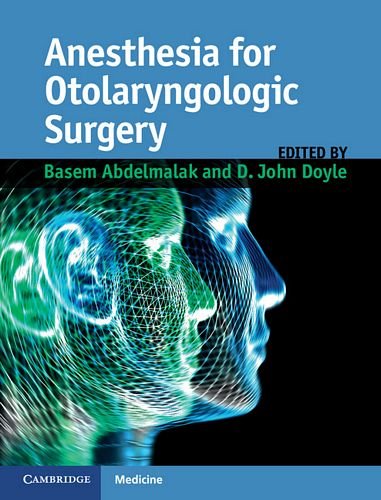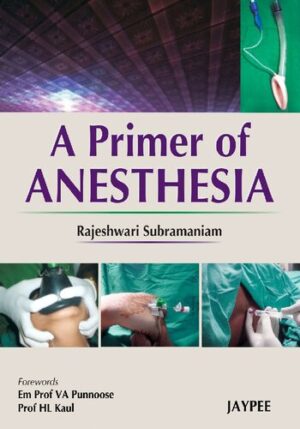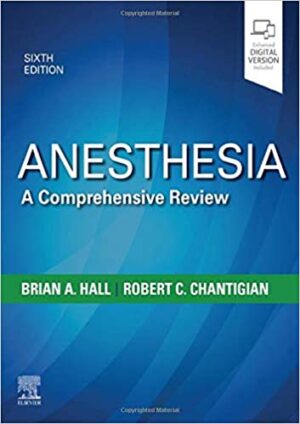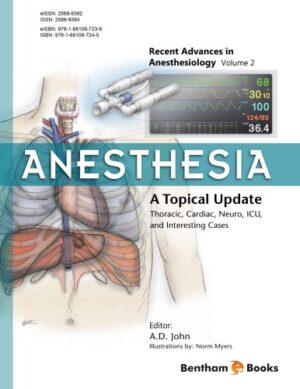Description
Anesthesia for otolaryngologic surgery, also known as ear, nose, and throat (ENT) surgery, is a specialized area of anesthesiology that focuses on providing anesthesia care for surgical procedures involving the head and neck region. These surgeries encompass a wide range of procedures, from routine tonsillectomies and adenoidectomies to complex head and neck cancer surgeries. Here are key aspects of anesthesia for otolaryngologic surgery:
1. Patient Assessment:
- Anesthesiologists perform a thorough preoperative assessment, evaluating the patient’s medical history, airway anatomy, and any specific considerations related to the ENT surgery.
2. Airway Management:
- Due to the proximity of the surgical site to the airway, careful airway management is essential. Anesthesia providers must choose the appropriate technique and equipment to ensure adequate ventilation and oxygenation.
3. Anesthetic Techniques:
- General anesthesia is commonly used for most otolaryngologic surgeries. However, in certain cases, local or regional anesthesia, such as nerve blocks, may be employed.
4. Positioning:
- Proper positioning of the patient is crucial to ensure adequate surgical exposure. For some procedures, patients may need to be placed in specific positions, such as sitting or semi-Fowler’s position.
5. Monitoring:
- Continuous monitoring of vital signs, including blood pressure, heart rate, oxygen saturation, and end-tidal carbon dioxide levels, is standard during the surgery. Additionally, neuromonitoring may be used to assess cranial nerve function.
6. Emergencies and Complications:
- Anesthesia providers are prepared to manage complications that may arise during ENT surgery, including bleeding, airway obstruction, and allergic reactions.
7. Pediatric Considerations:
- ENT surgery is common in children, so anesthesia providers must be skilled in managing pediatric patients, ensuring their safety, and providing age-appropriate care.
8. Pain Management:
- Anesthesia providers play a role in postoperative pain management, which is essential for patient comfort and recovery.
9. Collaboration:
- Close collaboration with the surgical team, including otolaryngologists, nurses, and other specialists, is essential to provide coordinated care.
10. Specialized Procedures: – Otolaryngologic surgery includes various specialized procedures, such as cochlear implantation, skull base surgery, and microvascular reconstruction. Anesthesia providers must be familiar with the unique requirements of each procedure.
11. Monitoring of Facial Nerve Function: – In surgeries involving the facial nerve (e.g., acoustic neuroma resection), continuous monitoring of facial nerve function is crucial to prevent nerve damage.
12. Advances in Anesthesia Techniques: – The field of anesthesia for otolaryngologic surgery benefits from advances in techniques and technology, allowing for improved patient care and surgical outcomes.
Anesthesia for otolaryngologic surgery requires specialized knowledge and skills to ensure patient safety, optimal surgical conditions, and postoperative recovery. Anesthesia providers in this field are essential in managing the unique challenges presented by head and neck surgery, and their expertise is critical in achieving successful outcomes for patients undergoing these procedures.





Reviews
There are no reviews yet.